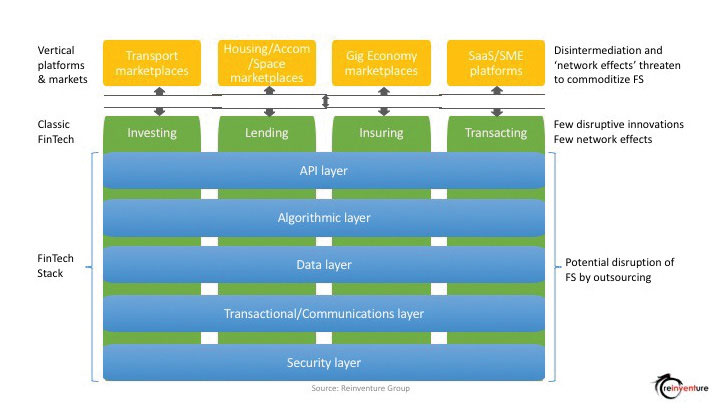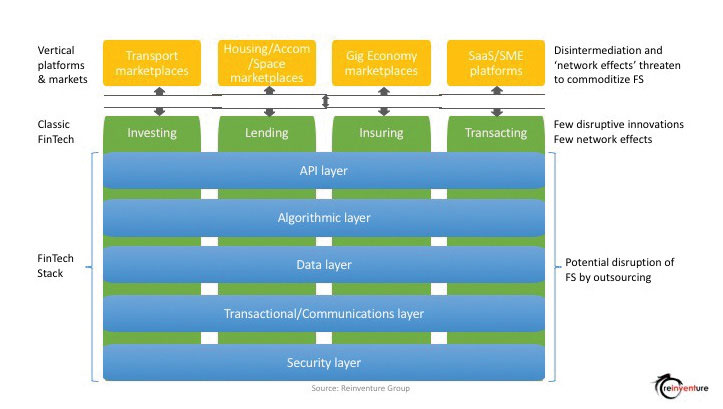THANK YOU FOR SUBSCRIBING
Editor's Pick (1 - 4 of 8)

Where is the Real Threat for Financial Services?
Simon Cant, Co-Founder & Managing Director, Reinventure


Simon Cant, Co-Founder & Managing Director, Reinventure
Often, Fintech Ventures Are Able To Get A Jump On Incumbents Because They Are More Consumer-Centric And Agile In Building Out These Products














